
Cut peat, drying in sun in Ireland[/caption] Peat has been used as a heating and energy source, in construction, horticulture, agriculture and in whisky production for centuries. But have you ever wondered what peat actually is? According to
Wikipedia:
Peat (
turf) is an accumulation of partially
decayed vegetation or organic matter that is unique to natural areas called
peatlands,
bogs, or mires.
[1][2] The peatland ecosystem is the most efficient
carbon sink 
on the planet
[2] because peatland plants capture the CO
2 which is naturally released from the peat, thus maintaining an equilibrium. In natural peatlands, the "annual rate of biomass production is greater than the rate of decomposition", but it takes "thousands of years for peatlands to develop the deposits of 1.5 to 2.3 m, which is the average depth of the boreal peatlands".
[2] One of the most common components is
Sphagnum moss, although many other plants can contribute. Soils that contain mostly peat are known as
histosols. Peat forms in
wetland conditions, where flooding obstructs flows of oxygen from the atmosphere, slowing rates of decomposition.
[3] There are peat bogs in over 170 nations around the world and it is estimated that around 60% of the Earth's wetlands are peat bogs, but only a fraction of them are harvested for peat. In Ireland peat is used in most rural areas as a heating and cooking fuel and you can still find small communities gathering to cut peat every summer. The Republic of Ireland has a public utility named Bord na Móna that is in charge of the bulk of Ireland's peat harvest, production and the sale of peat for commercial and domestic use.

Another use for peat is in the production of whisk(e)y. From
Whisky.com: The old Scots used peat to heat the pot stills. However, this doesn't lead to the smoky flavour of the whisky. Only

drying the damp malt over a peat-heated fire brings the smoke into the barley grain. The level of smokiness of a whisky is determined by the time the barley grain is exposed to the pungent peat smoke during drying. Damp malt is usually dried for approximately 30 hours. Laphroaig dries its malt over peat fire for about 18 of these 30 hours, while Glengoyne uses only unpeated fire. Thus you get a broad variety ranging from extremely smoky whisky to almost completely smokeless whisky. Malt grains are peculiar in that they lend a hint of smokiness to the whisky even without a peat fire. Most of us are familiar with the subtle peatiness of our beloved Scotch, but there is one lone wolf in Ireland delivering a delicious peaty punch in the form of Irish Whiskey. The

Kilbeggan Distilling Company produces the delightful Connemara Peated Single Malt Irish Whiskey using traditional if not antiquated Irish distilling methods. So, enjoy a glass of peaty whiskey or whisky and savor the flavor that only peat can deliver, knowing that centuries, if not millennia of perfect climate and undisturbed conditions in ye old peat bog are at play in the flavors swirling around on your pallet. If you'd like to try any of these fine whisk(e)ys, we'd be delighted to pour you a dram in the
Whiskey Snug at The Celtic Ranch. We'd also love for you to join us at any of our informative Whiskey Tastings. It's a great way to raise your whiskey IQ and try some rare and delightful whiskeys before investing in an entire bottle.
 Cut peat, drying in sun in Ireland[/caption] Peat has been used as a heating and energy source, in construction, horticulture, agriculture and in whisky production for centuries. But have you ever wondered what peat actually is? According to Wikipedia: Peat (turf) is an accumulation of partially decayed vegetation or organic matter that is unique to natural areas called peatlands, bogs, or mires.[1][2] The peatland ecosystem is the most efficient carbon sink
Cut peat, drying in sun in Ireland[/caption] Peat has been used as a heating and energy source, in construction, horticulture, agriculture and in whisky production for centuries. But have you ever wondered what peat actually is? According to Wikipedia: Peat (turf) is an accumulation of partially decayed vegetation or organic matter that is unique to natural areas called peatlands, bogs, or mires.[1][2] The peatland ecosystem is the most efficient carbon sink  on the planet[2] because peatland plants capture the CO2 which is naturally released from the peat, thus maintaining an equilibrium. In natural peatlands, the "annual rate of biomass production is greater than the rate of decomposition", but it takes "thousands of years for peatlands to develop the deposits of 1.5 to 2.3 m, which is the average depth of the boreal peatlands".[2] One of the most common components is Sphagnum moss, although many other plants can contribute. Soils that contain mostly peat are known as histosols. Peat forms in wetland conditions, where flooding obstructs flows of oxygen from the atmosphere, slowing rates of decomposition.[3] There are peat bogs in over 170 nations around the world and it is estimated that around 60% of the Earth's wetlands are peat bogs, but only a fraction of them are harvested for peat. In Ireland peat is used in most rural areas as a heating and cooking fuel and you can still find small communities gathering to cut peat every summer. The Republic of Ireland has a public utility named Bord na Móna that is in charge of the bulk of Ireland's peat harvest, production and the sale of peat for commercial and domestic use.
on the planet[2] because peatland plants capture the CO2 which is naturally released from the peat, thus maintaining an equilibrium. In natural peatlands, the "annual rate of biomass production is greater than the rate of decomposition", but it takes "thousands of years for peatlands to develop the deposits of 1.5 to 2.3 m, which is the average depth of the boreal peatlands".[2] One of the most common components is Sphagnum moss, although many other plants can contribute. Soils that contain mostly peat are known as histosols. Peat forms in wetland conditions, where flooding obstructs flows of oxygen from the atmosphere, slowing rates of decomposition.[3] There are peat bogs in over 170 nations around the world and it is estimated that around 60% of the Earth's wetlands are peat bogs, but only a fraction of them are harvested for peat. In Ireland peat is used in most rural areas as a heating and cooking fuel and you can still find small communities gathering to cut peat every summer. The Republic of Ireland has a public utility named Bord na Móna that is in charge of the bulk of Ireland's peat harvest, production and the sale of peat for commercial and domestic use.  Another use for peat is in the production of whisk(e)y. From Whisky.com: The old Scots used peat to heat the pot stills. However, this doesn't lead to the smoky flavour of the whisky. Only
Another use for peat is in the production of whisk(e)y. From Whisky.com: The old Scots used peat to heat the pot stills. However, this doesn't lead to the smoky flavour of the whisky. Only  drying the damp malt over a peat-heated fire brings the smoke into the barley grain. The level of smokiness of a whisky is determined by the time the barley grain is exposed to the pungent peat smoke during drying. Damp malt is usually dried for approximately 30 hours. Laphroaig dries its malt over peat fire for about 18 of these 30 hours, while Glengoyne uses only unpeated fire. Thus you get a broad variety ranging from extremely smoky whisky to almost completely smokeless whisky. Malt grains are peculiar in that they lend a hint of smokiness to the whisky even without a peat fire. Most of us are familiar with the subtle peatiness of our beloved Scotch, but there is one lone wolf in Ireland delivering a delicious peaty punch in the form of Irish Whiskey. The
drying the damp malt over a peat-heated fire brings the smoke into the barley grain. The level of smokiness of a whisky is determined by the time the barley grain is exposed to the pungent peat smoke during drying. Damp malt is usually dried for approximately 30 hours. Laphroaig dries its malt over peat fire for about 18 of these 30 hours, while Glengoyne uses only unpeated fire. Thus you get a broad variety ranging from extremely smoky whisky to almost completely smokeless whisky. Malt grains are peculiar in that they lend a hint of smokiness to the whisky even without a peat fire. Most of us are familiar with the subtle peatiness of our beloved Scotch, but there is one lone wolf in Ireland delivering a delicious peaty punch in the form of Irish Whiskey. The  Kilbeggan Distilling Company produces the delightful Connemara Peated Single Malt Irish Whiskey using traditional if not antiquated Irish distilling methods. So, enjoy a glass of peaty whiskey or whisky and savor the flavor that only peat can deliver, knowing that centuries, if not millennia of perfect climate and undisturbed conditions in ye old peat bog are at play in the flavors swirling around on your pallet. If you'd like to try any of these fine whisk(e)ys, we'd be delighted to pour you a dram in the Whiskey Snug at The Celtic Ranch. We'd also love for you to join us at any of our informative Whiskey Tastings. It's a great way to raise your whiskey IQ and try some rare and delightful whiskeys before investing in an entire bottle.
Kilbeggan Distilling Company produces the delightful Connemara Peated Single Malt Irish Whiskey using traditional if not antiquated Irish distilling methods. So, enjoy a glass of peaty whiskey or whisky and savor the flavor that only peat can deliver, knowing that centuries, if not millennia of perfect climate and undisturbed conditions in ye old peat bog are at play in the flavors swirling around on your pallet. If you'd like to try any of these fine whisk(e)ys, we'd be delighted to pour you a dram in the Whiskey Snug at The Celtic Ranch. We'd also love for you to join us at any of our informative Whiskey Tastings. It's a great way to raise your whiskey IQ and try some rare and delightful whiskeys before investing in an entire bottle.
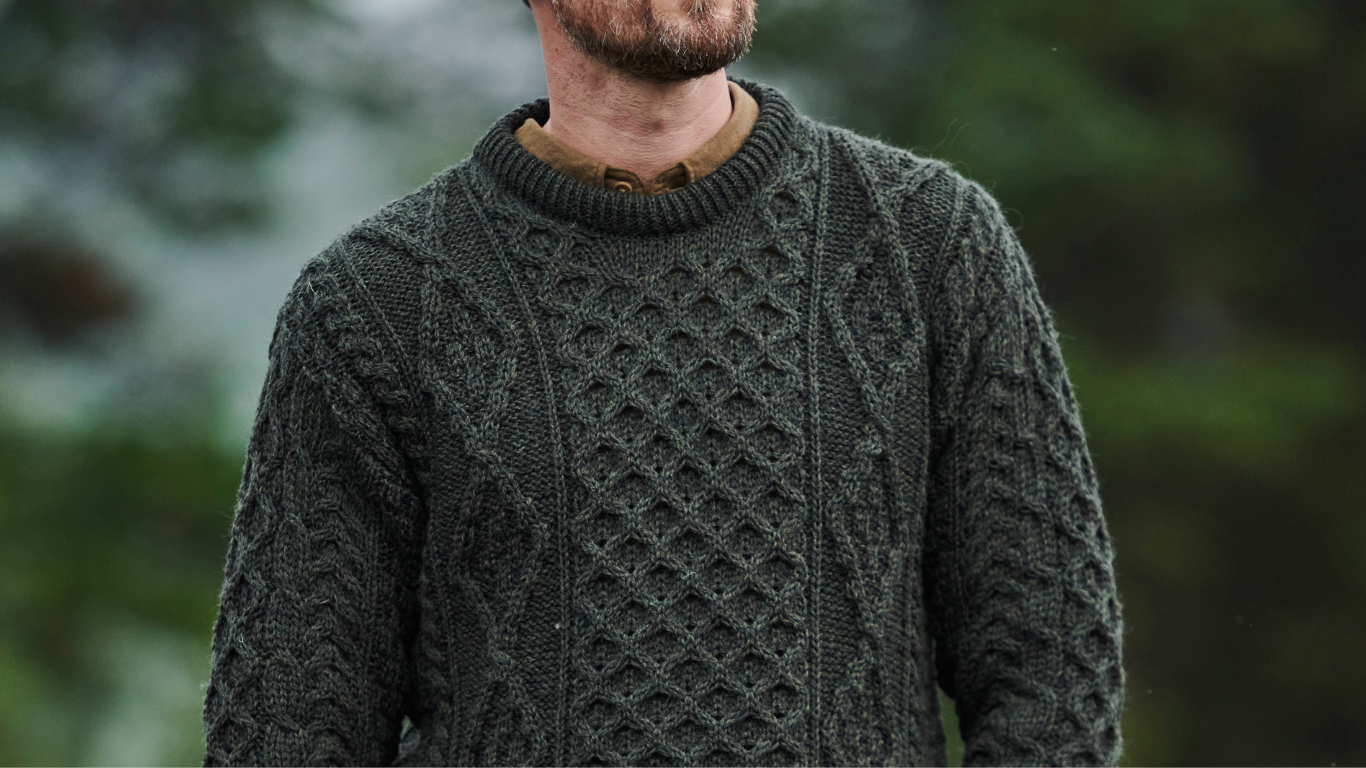
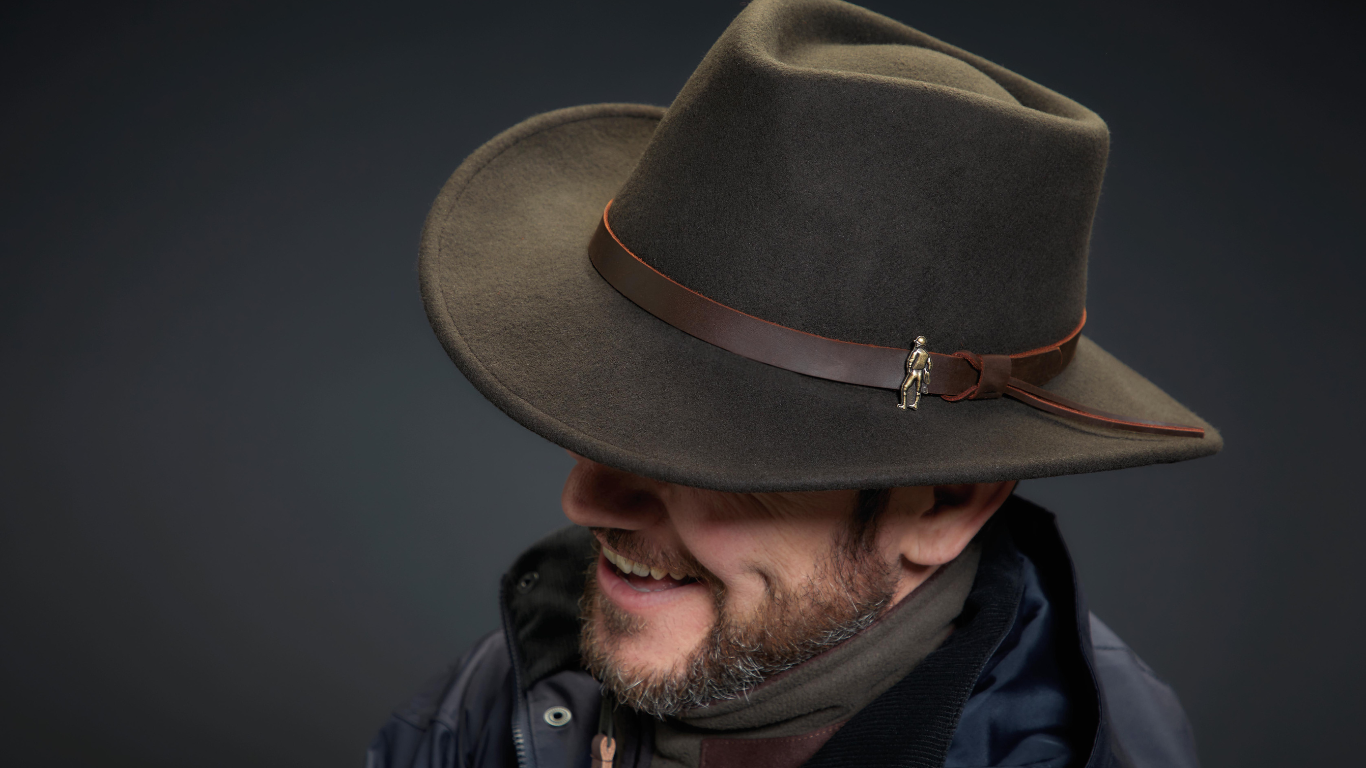


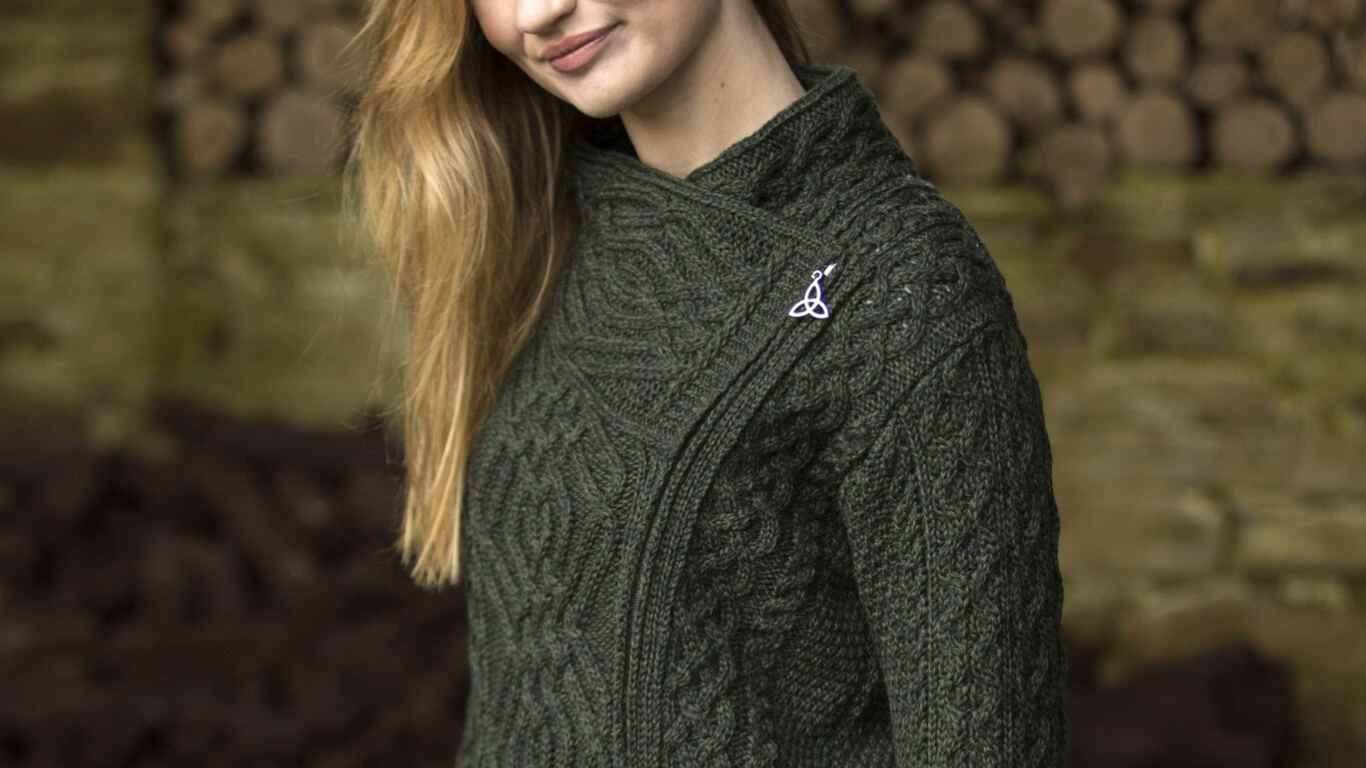
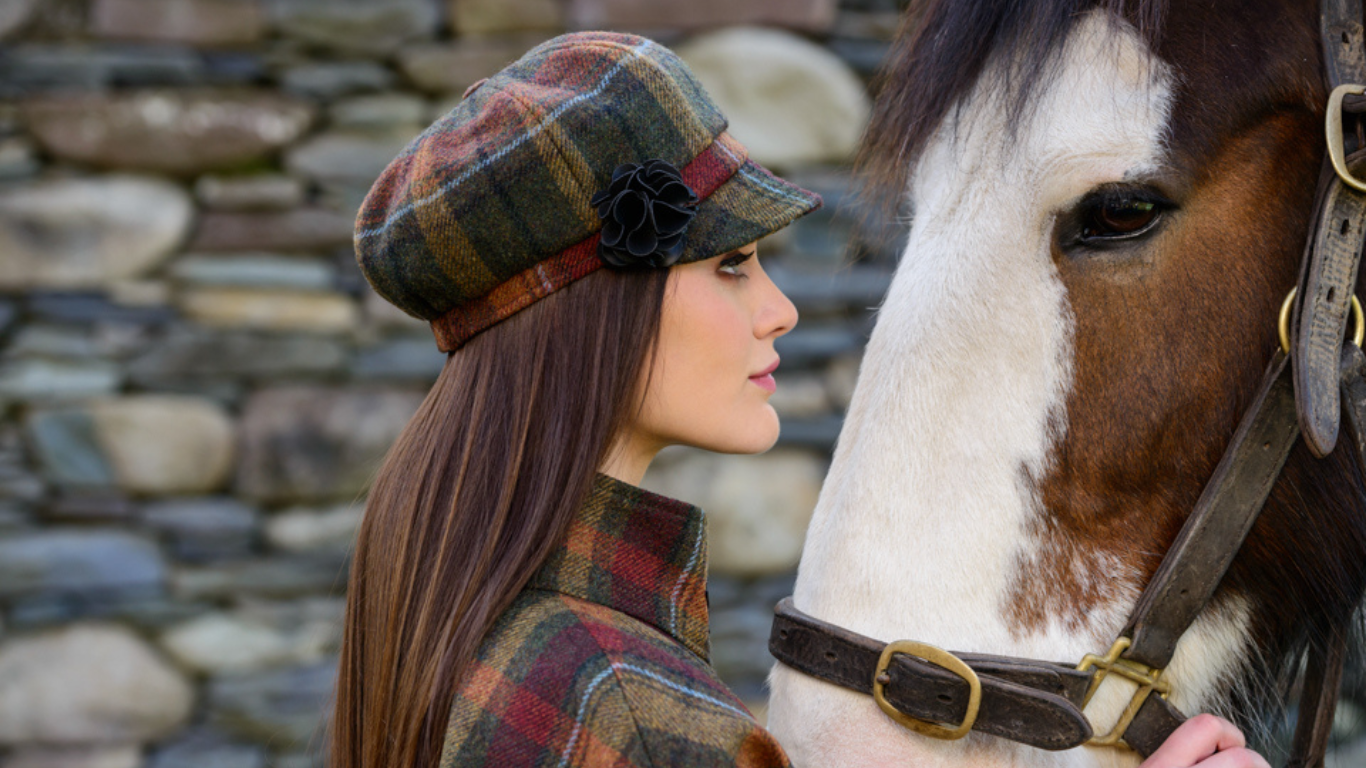

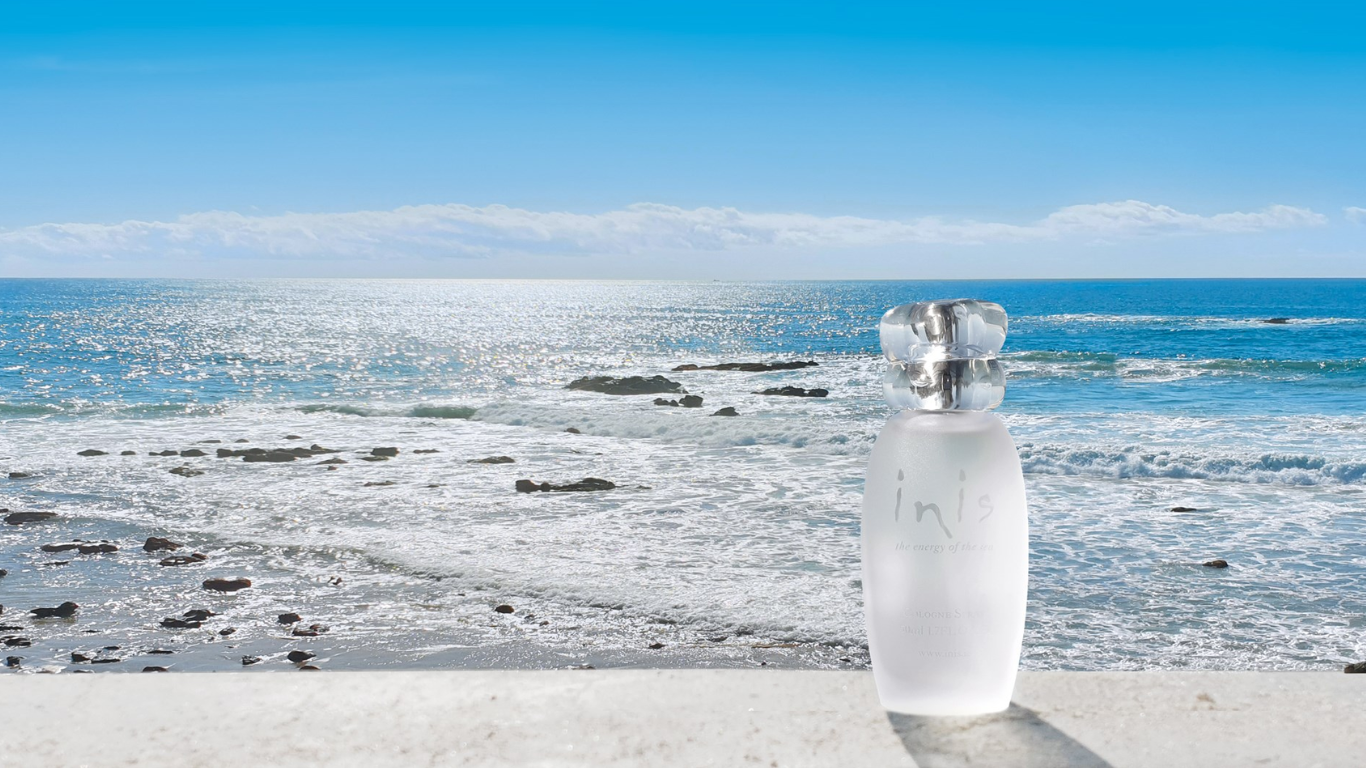
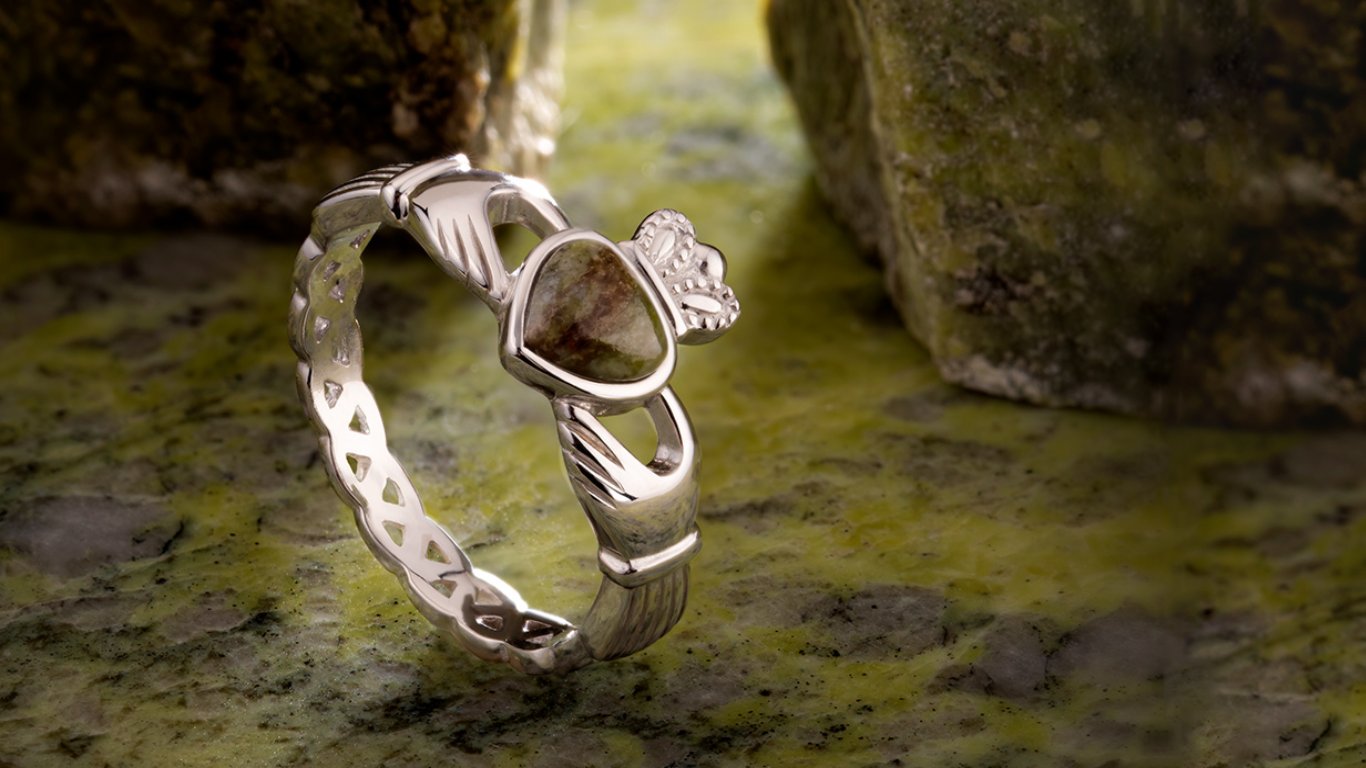


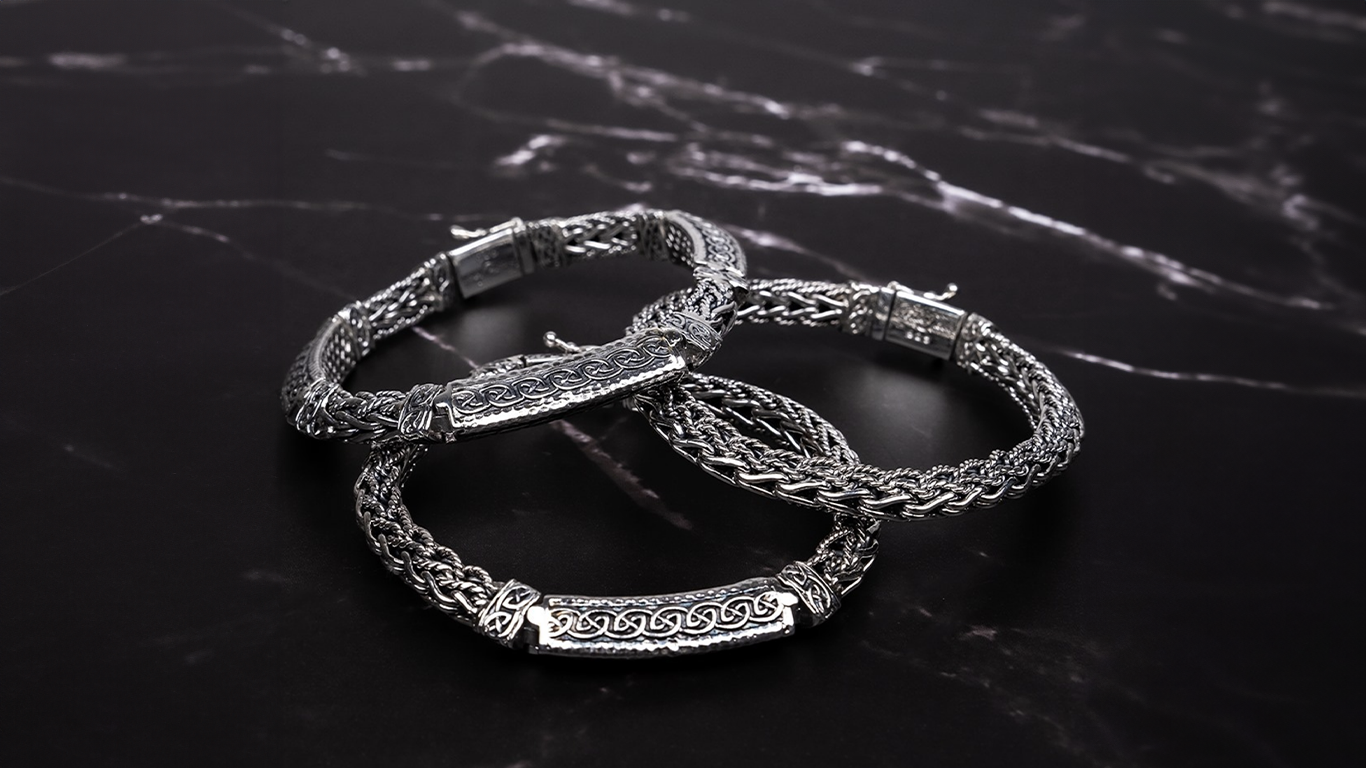






Hello ~ Awesome article ~ Thank You
Leave a comment